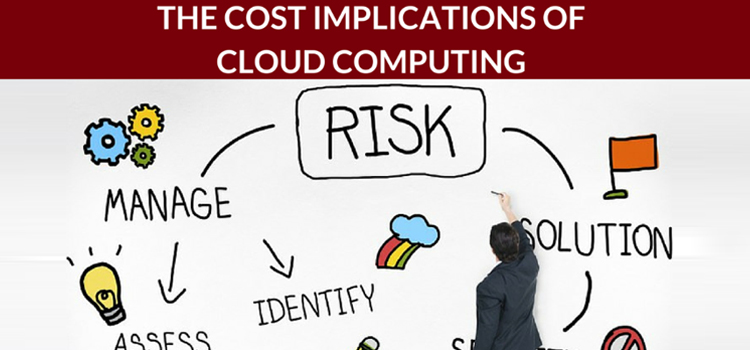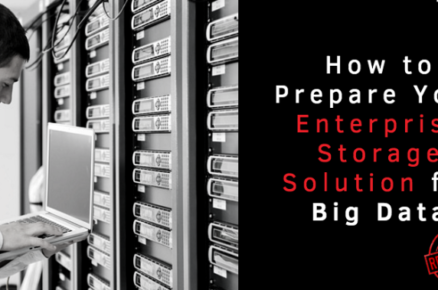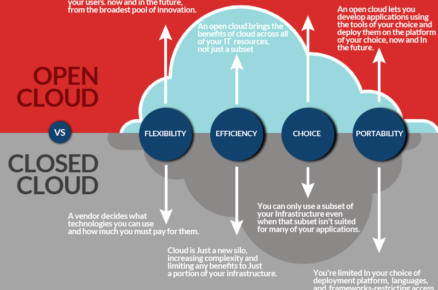1. Pricing The Cloud
Gartner predicts that by 2017 the public cloud services market will exceed $244 billion, achieving an impressive growth over just a few years, and organizations worldwide are reflecting this development. IT departments are expected to provide far more tools and services for their businesses than ever before, and they’re expected to do it for less money due to the volatile business environment. Cloud is proving to be the foundation which makes this possible, but merely opting for cloud doesn’t guarantee savings.
2. Choosing the Right Cloud Deployment Model
Public cloud is typically adopted for the benefits of cost-savings, but according toKurt Marko of MarkoInsights, IT professionals usually prefer hybrid cloud deployment models. However, hybrid models which result in a split of workloads between public and private clouds tends to complicate cost and design analysis. Organizations have the choice between public cloud, primarily involving variable OpEx costs, private cloud which requires a much greater staffing contingent and is characteristically a CapEx costing model, the hybrid cloud mentioned before, and multi cloud models more recently surfacing in the business market.
When choosing a particular deployment model for an organization, the operational benefits often overshadow cost analyses because, let’s face it, the techies want a structure that works best, and the business managers tend to assume that because it’s cloud, it’s the economical option. No single model is universally superior to the others, but instead by accounting for CapEx versus OpEx, personnel and management costs, and overheads such as utilities and licensing, organizations can sensibly choose a model that delivers the greatest cost advantages for the necessary tools and services the selected deployment model will provide.
3. Reducing Cloud Costs
Once the cloud deployment model has been chosen and implemented, organizations can further reduce the costs of the cloud through efficiency. At this point, businesses should be installing the necessary servers, adequate storage, and suitable networks which interface with the cloud services adopted. Appropriate management of billing and metering, security, performance, and infrastructure integration may seem an excessive cost, but purely trusting that you’re receiving all you need at the best price is impractical. Business needs change, services morph, and being up to speed on the minutia of the cloud integration in an organization is a role worth the expense. If done competently, managing your organization’s cloud implementation is likely to ensure that the streamlined and cost-effective model initially applied is continuously tailored and restructured to ensure the necessary features are delivered with continued savings.
4. Ensuring Cloud Success
Profiting from the cloud is, of course, only possible if it’s successfully applied and operated. CIO questioned 16 chief information officers and IT leaders about their cloud deployments and received the following advice:
- Embrace Change Management: It’s important that businesses are educated and informed about the cloud models put in place.
- Vet Your Partners: Choosing partners wisely is more important than saving money; working with providers that share the same values and requirements while assisting you to advance to standards benefits both parties. Says Paula Tolliver, CIO and corporate vice president of business services at Dow Chemical, “We’re encouraging our service providers to get standardization across industry so that we live up to the ultimate cloud promise of being able to move services and capabilities at will and as needed.”
- Feed the Network: Sysco’s CTO, Wayne Shurts, insists, “Your network has got to be Class A.” He points out that an organization’s network becomes “more important and a huge point of failure in your infrastructure,” and so there’s no room for shortcuts.
- Have an Exit Plan: Contracts need to address service standards and performance, but says Avnet CIO, Steve Phillips, they must also tackle future separation.
- Don’t Let Cost Savings Distract You: Although there are savings to be had, cloud models shouldn’t be executed for this alone. Says Joe Spagnoletti, Campbell Soup CIO, “It’s an option to deliver capability. You have to get it at the cost commensurate with the capability. You can’t do it for cost savings or management efficiency.”
Source: https://cloudtweaks.com/2016/05/what-is-the-cost-of-cloud-computing/












